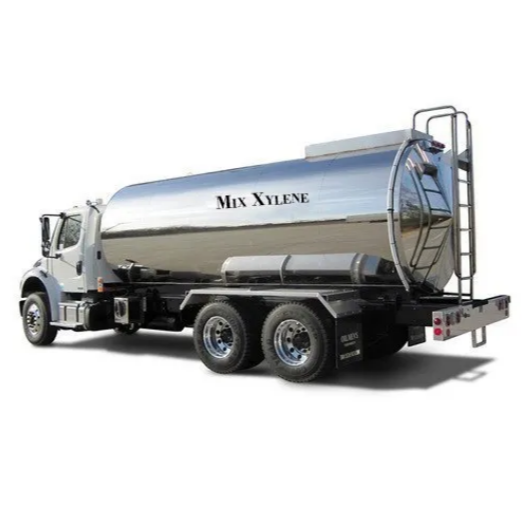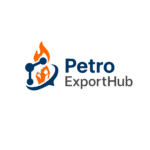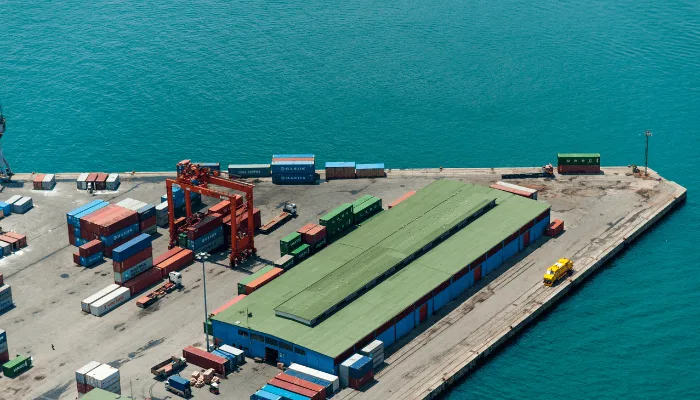
Exporting Mixed Xylene from Iran to Turkey: Regulations, Demand & Pricing (2025 Guide)
Mixed Xylene (MX) is a vital aromatic hydrocarbon used extensively in paint, solvent, and petrochemical manufacturing. With Turkey’s growing downstream industries, demand for MX is rising steadily—making Iran a strategic and cost-effective supplier. This article explores the full scope of exporting Mixed Xylene from Iran to Turkey in 2025, including regulations, pricing insights, and how to enter the market profitably.
Table of Contents:
What Is Mixed Xylene?
Why Turkey Is an Attractive Market for Iranian Exporters
2025 Market Demand for Xylene in Turkey
Iran’s Export Capabilities and Infrastructure
Legal & Regulatory Requirements in Turkey
Packaging, Transport & Documentation
Pricing Trends and Competitor Benchmarking
Strategic Tips for Exporters
Final Thoughts
—
1. What Is Mixed Xylene?
Mixed Xylene is a blend of four isomers: ortho-xylene, meta-xylene, para-xylene, and ethylbenzene. It is widely used as:
A solvent in paint and coatings
A raw material for phthalic anhydride
A precursor in plastic and polyester manufacturing
Its flammable, colorless liquid nature and strong solvency power make it indispensable in Turkey’s coatings, ink, and rubber industries.
2. Why Turkey Is an Attractive Market for Iranian Exporters
Turkey has:
Strong demand from its automotive, packaging, and coatings sectors
Limited domestic production of aromatics
Proximity to Iran (cost-effective shipping via road and sea)
Existing free trade zones and customs cooperation with Iran
These factors make Turkey one of the top destinations for Iran’s petrochemical exports, especially high-demand solvents like Mixed Xylene.
3. 2025 Market Demand for Xylene in Turkey
According to regional trade data:
Turkey imports over 50,000 MT of Mixed Xylene annually.
In 2024, import volume rose by 12% due to growth in automotive and paint sectors.
Top sources include India, Korea, UAE—and Iran is rapidly gaining share due to price competitiveness and supply reliability.
Projected 2025 trend: 8–10% annual growth in demand for Mixed Xylene in Turkey.
4. Iran’s Export Capabilities and Infrastructure
Iran is one of the leading producers of aromatics in the Middle East. Advantages include:
Access to major feedstocks from refineries like Bandar Imam, Bu Ali Sina, and Shazand
Large production capacity of MX, meeting global quality standards
Efficient routes to Turkey via Bazargan border or ports like Bandar Abbas → Mersin
5. Legal & Regulatory Requirements in Turkey
To export Mixed Xylene into Turkey, the following steps are essential:
Turkish Import License (issued to local buyers)
Technical Data Sheet (TDS) and MSDS in Turkish
Compliance with Turkey’s Ministry of Environment & Urbanization (Çevre ve Şehircilik Bakanlığı)
Classification under HS Code: 2902.43
Pre-shipment testing and third-party inspection (optional but recommended)
Important: Registration with REACH Turkey (KKDIK) may become mandatory in future updates to regulations. Exporters should prepare documentation in advance.
6. Packaging, Transport & Documentation
Typical packaging:
Bulk via ISO tanks (most common for long-distance)
Drums or IBCs for small volume buyers
Flexitanks (less common due to flammability risks)
Transport options:
Road freight via Iran-Turkey land border
Sea freight from Bandar Abbas to Mersin or Istanbul
Documentation checklist:
Commercial invoice
Packing list
Certificate of origin (ICC or Iran Chamber of Commerce)
MSDS & TDS
Bill of lading or CMR (land transport)
7. Pricing Trends and Competitor Benchmarking
As of mid-2025, average CIF price of Mixed Xylene to Turkish ports is:
$870–$940/MT depending on purity and packaging
Iran often offers $30–$50/MT lower than India or Korea
Domestic Turkish distributors add 12–15% markup
Factors affecting price:
Crude oil and naphtha price volatility
Seasonal demand from paint and coatings manufacturers
Currency exchange (USD/TRY and IRR/USD)
8. Strategic Tips for Exporters
Offer flexible MOQ (Minimum Order Quantity) to attract mid-size Turkish buyers
Provide Turkish language labels and documentation
Attend regional petrochemical expos (e.g., PaintExpo Eurasia in Istanbul)
Use DDP or DAP incoterms with Turkish distributors to stand out from Indian/Korean suppliers
Partner with freight forwarders familiar with Turkish customs

High Purity Solvent : Power Mixed Xylene offers excellent solvency, making it ideal for paints, coatings, adhesives, and chemical synthesis in industrial applications.
Versatile Industrial Use : It serves as a raw material in the production of phthalic anhydride, isophthalic acid, and terephthalic acid, essential in polyester manufacturing.
Stable Performance under Heat and Pressure: MX performs well in high-temperature processes—an advantage for Turkish manufacturers in construction sectors.
Cost-Effective Production: MX is competitively priced due to local refinery integration and availability, offering savings to importers compared to Korean sources.
Ease of Transportation & Storage It can be shipped in ISO tanks, drums, or IBCs, with a flash point that allows relatively safe handling under standard international shipping protocols.
Ready to import Mix Xylene from Iran ?
- At PetroExportHub, we connect you with trusted Mixed Xylene suppliers ready for fast export.
- Info@PetroExportHub.com

Related posts
Mono Ethylene Glycol (MEG) serves as a cornerstone for modern antifreeze and coolant formulations, offering reliable freezing protection and heat resi . . .
Explore Solvent 100’s specs, uses, and export opportunities from Iran. Ideal for paint, ink, and adhesive buyers in India, Turkey, UAE, and Africa. . . .
Explore everything you need to know about exporting sulphur from Iran in 2024 — including types, packaging, documents, ports, prices, and top import . . .
Explore Iran’s top ports for petrochemical exports, including Bandar Imam Khomeini, Assaluyeh, and Bandar Abbas. Compare infrastructure, accessibili . . .
Learn the key differences between polypropylene (PP) and polyethylene (PE), their applications, advantages, and how to choose the right polymer for yo . . .
Discover how a Turkish plastics manufacturer reduced costs by 22% through importing HDPE from Iran. Real-world case study by PetroExportHub. . . .
Learn why Iran is a leading exporter of polyethylene (PE). Discover grades, global applications, and how PetroExportHub connects buyers with top suppl . . .
We are here to answer your questions....
Petro Export Hub
PetroExportHub specializes in the export of premium-grade petrochemicals, minerals, and industrial chemicals from Iran, serving international markets with reliability, transparency, and tailored logistics solutions
Tehran Office
Phone:
0214865484 | +989127607241
Address:
Tehran..
China Office
TEL :
0211400
Address:
Zhongzhou Bie Lu, Zhongcheng Street, Yiwu City, Zhejiang Province, China
Quick Access
Quick Access
- Contact Our Sales Team
- Frequently Questions
- Shipping & Logistics
- Become a Partner
- Certificatins & Quality







